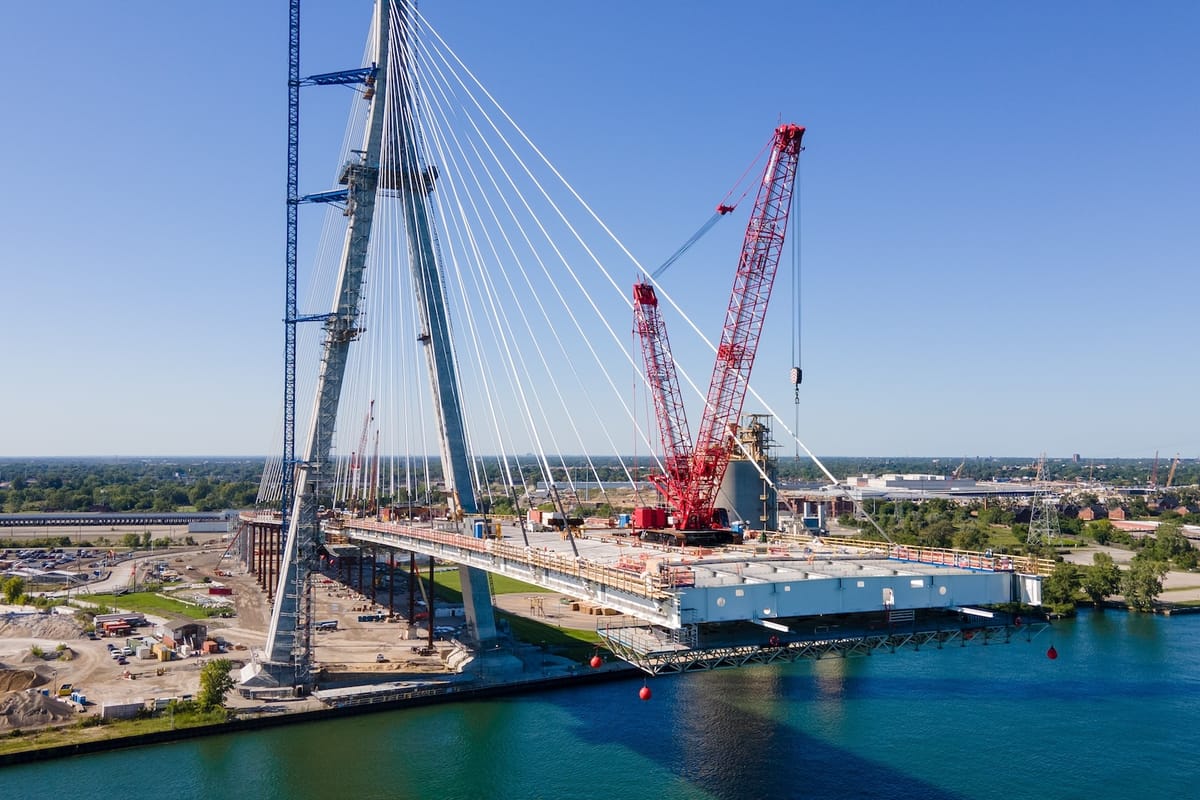

Modernizing Infrastructure Approvals with Technology
In a significant move to streamline federal processes, President Donald Trump has issued an executive order aimed at overhauling the infrastructure permitting system. This directive mandates the integration of advanced technology to enhance efficiency and transparency in how infrastructure projects are approved across the United States. The goal is to cut down on delays that have long plagued major construction and development initiatives.
This executive order comes as part of a broader push by the administration to reduce bureaucratic red tape. It specifically targets the environmental review and permitting processes, which have often been criticized for being overly cumbersome and time-consuming. By introducing technological solutions, the administration hopes to expedite these reviews without compromising on environmental standards or public safety.
Key Directives for Federal Agencies
Under the new executive order, federal agencies are required to adopt digital tools and platforms to manage permitting workflows. This includes the use of online portals for submitting applications, tracking progress, and communicating with stakeholders. Agencies must also establish clear timelines for reviews and approvals, ensuring that projects are not indefinitely stalled due to administrative inefficiencies.
The order further instructs the Office of Management and Budget (OMB) and the Council on Environmental Quality (CEQ) to oversee the implementation of these technological upgrades. These bodies are tasked with providing guidance to agencies on best practices for digital integration while ensuring compliance with existing laws like the National Environmental Policy Act (NEPA). This structured oversight aims to create a standardized process across different federal entities.
Additionally, agencies are encouraged to collaborate with private sector tech firms to develop customized solutions tailored to their specific needs. This public-private partnership model is expected to bring in cutting-edge innovations, potentially transforming how infrastructure projects are managed at the federal level.
Addressing Longstanding Challenges in Permitting
For years, developers and contractors have faced significant hurdles due to slow and opaque permitting processes. Major projects, such as highways, bridges, and energy facilities, often take years to move from planning to execution, largely due to delays in obtaining necessary government approvals. President Trump's order seeks to tackle these issues head-on by prioritizing speed and clarity through technology.
The administration has highlighted that modernizing these systems could save billions of dollars annually by reducing project delays and associated costs. While specific figures on potential savings were not detailed in the order, the emphasis on efficiency suggests a strong economic motivation behind this policy shift. Stakeholders in the construction and infrastructure sectors have expressed cautious optimism about the potential impact of these changes.
Balancing Efficiency with Environmental Concerns
One of the critical aspects of this executive order is its focus on maintaining environmental protections while speeding up approvals. The directive explicitly states that technological upgrades should not undermine the rigorous standards set by laws like NEPA. Agencies are instructed to ensure that digital tools enhance, rather than bypass, thorough environmental assessments.
The CEQ will play a pivotal role in monitoring how these new systems align with environmental regulations. This balance is crucial, as past efforts to streamline permitting have often faced backlash from environmental groups concerned about potential oversights or rushed evaluations. The administration's challenge will be to demonstrate that efficiency and responsibility can coexist through these reforms.
Timeline and Expectations for Implementation
The executive order sets an ambitious timeline for federal agencies to begin adopting these technological solutions. Within the next few months, initial frameworks for digital platforms are expected to be rolled out, with full implementation targeted over the coming years. The OMB is tasked with issuing periodic reports on progress, ensuring accountability across the board.
While the exact scope of these upgrades remains to be seen, the directive signals a clear intent to modernize outdated systems that permeate government infrastructure. Industry experts anticipate that successful implementation could set a precedent for other areas of federal governance, potentially leading to broader tech-driven reforms in the future.
Dues are $12 per year. Member benefits:
✅ Ad-Free Website Viewing
✅ Advocacy for Republican Seniors
✅ 120+ Senior Discounts
✅ Member Only Newsletters